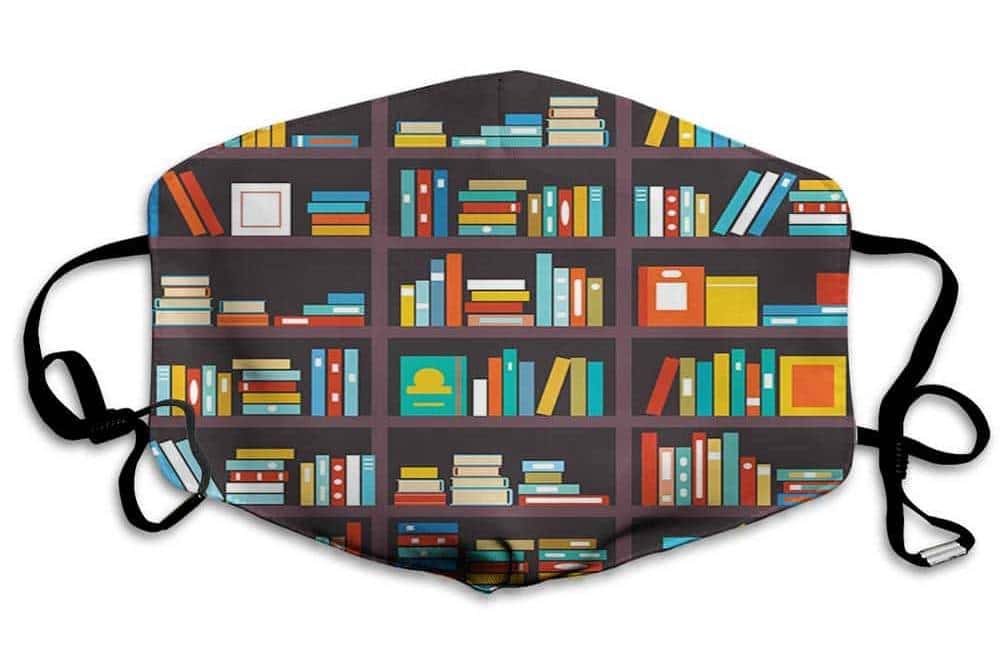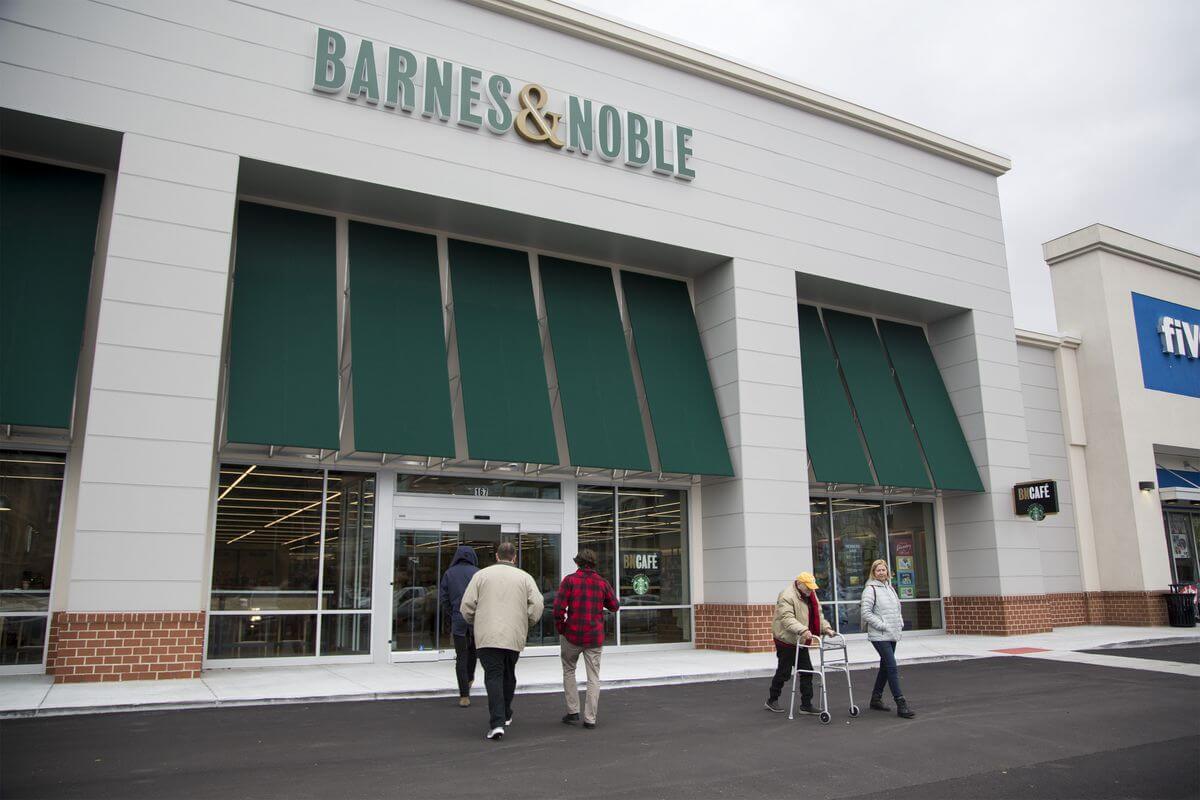Everyone is talking about Barnes and Noble CEO James Daunt’s keynote address to the Independent Book Publishers Association annual event recently. This important talk offered a lot of insight into crucial changes at the brick-and-mortar locations (especially as to how the company is bouncing back from a global pandemic), from mundane changes like new furniture to major overhauls of how books are even shelved.
One major change that previously generated some buzz–the power of individual stores to make decisions on stocking their shelves–was clarified, though, and it stands to be a game changer for anyone who can get in with the stores at the local level.
It’s not just that individual locations will have the ability to order some books or set up a display. Daunt actually clarified that all book buying and stocking decisions will be made at the store level, and that publishers will no longer be buying shelf space under their co-op advertising model. That is a huge shift from how B&N–and other chain bookstores–operated in the past; this shift not only provides more opportunity for stocking of books from diverse voices, it offers a much-needed opportunity boost for indie publishers and small press publishers, as well as self-published authors.
“It’s so smart of Barnes and Noble to position themselves as less of a big retailer and more as an indie bookstore,” said Miral Sattar of LearnSelfPublishingFast.com and author of the Self-Pub and Book Marketing newsletter. “There are lots of ways to get your print books into physical Barnes and Noble stores, but I always tell indie authors to distribute through IngramSpark for the print book distribution. In general, bookstores are more amenable to ordering copies from places that aren’t competitors (like Amazon or Barnes and Noble).
“So if you want to get your physical book into a Barnes and Noble, distribute your paperback and hardback through IngramSpark, reach out to your local Barnes and Noble, make sure your book meets the Barnes and Noble requirements, and send your book to the small press department.”
The onus is still on those smaller players to forge relationships with local B&N branches, but it’s at least a foot in the door. Now, though, that door won’t be wedged firmly shut by massive advertising campaigns and shelf space contracts from the Big Five.
Mercy Pilkington is a Senior Editor for Good e-Reader. She is also the CEO and founder of a hybrid publishing and consulting company.

